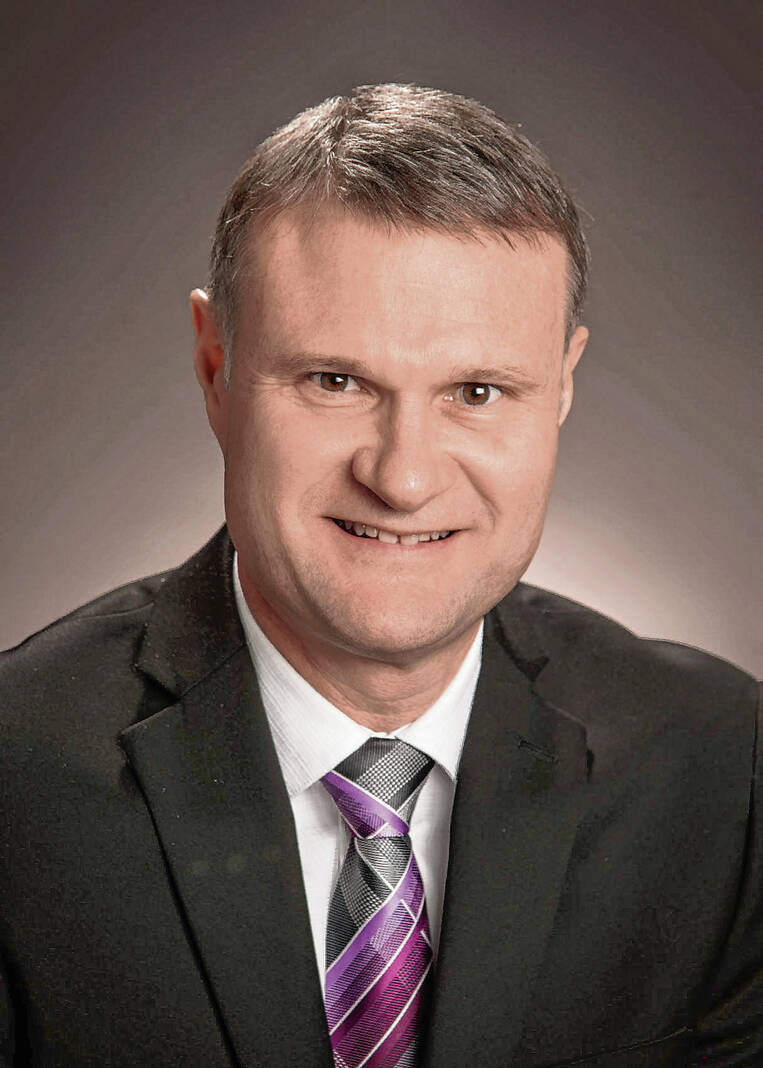Mill Race Marathon organizers are not taking any chances when it comes to rewarding an athlete with potential ties to performance enhancing drugs.
Race director Joel Sauer is preparing for the second year of the Mill Race Marathon’s anti-doping policy, which went into effect shortly before the 2016 event. The policy, adopted from the Indianapolis Monumental Marathon, applies to any athlete who competes for cash rewards in the marathon and half-marathon.
“It lets people know that we are interested in having a fair event for all the participants,” Sauer said, “and it supports a national effort to make the sport that way across the nation.”
The Mill Race Marathon planning committee implemented the policy after learning of a trend of runners suspended from larger marathons for using performance-enhancing drugs, or doping, competing in small- to mid-sized races to compete for prize money.
[sc:text-divider text-divider-title=”Story continues below gallery” ]
Large-scale events like the Boston and New York marathons have implemented drug testing in recent years to prevent these athletes from competing, but drug tests can cost upwards of $10,000 to $15,000 — a cost that races like the Mill Race Marathon just cannot afford.
“There are a lot of events out there that don’t have that type of money to bring the testing in,” said Phil Stewart, president of Road Race Management. “What’s happening is that the number of athletes realizing you could run these smaller prize money events, and there was an anticimal chance you were ever going to get drug tested.”
Stewart said a plethora of athletes have started making a living from these events’ wages, making $500 at one race, $250 at another.
The top five female and male finishers in both the marathon and half-marathon are awarded prize money. Marathon winners receive $1,500, and half-marathon winners receive $750. The total amount of prize money awarded amounts to $12,800.
But with the policy in place, an athlete must meet each of the following requirements in order to be eligible for that prize money, or for elite entry or finish result:
“Not be currently serving a suspension for use of a banned substance
Not have ever served a ban for use of performance enhancing drugs
Not be represented by coaches and/or agents who have had two or more such suspensions by their athletes in the previous four years
Not be represented by coaches and/or agents who ever served a ban for use of performance enhancing drugs during their own athletic career
Provide proper documentation proving they are eligible for prize money (form W-9, W-8ECI or W-8BEN)
Consent to random drug testing according to the standards and procedures of United States of America Track and Field, United States Anti-Doping Agency, and World Anti-Doping Agency.”
“What I’m hoping for is that since last year was the first year that the event implemented the policy, people know the Mill Race Marathon is serious about this problem with doping, and they’re not going to come to this race,” Sauer said. “We made a statement loud and clear that we’re not going to be letting people get by with it.”
An alternative to drug testing
Witnessing the rise in athletes using performance enhancing drugs, Stewart decided to establish dopingsanctions.com around four years ago. Using the free site, race directors like Sauer can type an athlete’s name into the database and see whether the athlete is currently or has previously served a suspension from racing. The database also provides the start and end date of an athlete’s suspension and how many years they were suspended.
After the half-marathon and marathon events are completed, Mill Race Marathon organizers spend the following week researching names before awarding the races’ top finishers their prize money.
Stewart currently monitors and updates the site on a day-by-day basis, using lists from organizations like the International Association of Athletes Federation and USATF.
Last year, two men were disqualified after organizers discovered they were represented by coaches that had previous connections to performance-enhancing drug incidents.
The anti-doping policy worked in multiple participants’ favors, earning them a greater sum of prize money and a better rank in the finishing lineup, said Randy Stafford, president of the Columbus Running Club.
Stafford said the Mill Race Marathon’s elite runners are extremely happy about the implementation of the policy. Still, though, Stafford said a vast majority of runners aren’t aware of the policy because it doesn’t affect them.
Lauren Bannister of Columbus is preparing to run her fourth half-marathon this year in the Mill Race event, and it wasn’t until this month that she learned of the Mill Race Marathon’s anti-doping policy.
“It gives me a peace of mind to know that we are putting on a legitimate race, and we expect people to hold themselves to a high standard,” Bannister said. “It makes me proud of my community and the fact that we’re doing something like that, even if it doesn’t directly affect me.”
A look into doping
Doping refers to the act of administering drugs to an athlete to enhance sporting abilities, ultimately giving athletes an unfair advantage in a race or other sport.
With hundreds of performance-enhancing drugs on the market, the most common have been identified as anabolic steroids, human growth hormone, diuretics, creatine and stimulants among others, according to Runner’s World, the largest media brand for running. A majority of these drugs are illegal without a valid prescription.
These drugs also have the potential to produce harmful side effects. For example, diuretics — also referred to as a water pill — rids the body of excess water and lower blood pressure, but use of the drug may result in severe muscle cramps, an increase in thirstiness, high potassium levels in the blood or low sodium, potassium or magnesium levels in the blood. The effects can be even more harmful if used incorrectly or mixed with another drug.
Because drug testing is not actually completed at the Mill Race Marathon, it’s unknown whether any performance-enhancing drugs have been used, and if so, what has been used since the race was established nearly five years ago.
“This is a reactive program as opposed to a proactive program,” Sauer said. “But it’s a program that we can do. We don’t report people who ran in the race who were on the banned list. We can’t say they’re still using performance-enhancing drugs, we don’t know. We’re just saying — based on your history, you fall in the criteria where you’re not eligible for prize money.”
[sc:pullout-title pullout-title=”Common performance enhancing drugs” ][sc:pullout-text-begin]
Some of the most common performance-enhancing drugs:
- Anabolic steroids
- Human growth hormone
- Diuretics
- Creatine
- Stimulants
Source: Runner’s World
[sc:pullout-text-end][sc:pullout-title pullout-title=”Mill Race Marathon policy” ][sc:pullout-text-begin]
“To be eligible for elite entry, prize purse or finish result, an athlete must:
- Not be currently serving a suspension for use of a banned substance
- Not have ever served a ban for use of performance enhancing drugs
- Not be represented by coaches and/or agents who have had two or more such suspensions by their athletes in the previous four years
- Not be represented by coaches and/or agents who ever served a ban for use of performance enhancing drugs during their own athletic career
- Provide proper documentation proving they are eligible for prize money (form W-9, W-8ECI or W-8BEN)
- Consent to random drug testing according to the standards and procedures of United States of America Track and Field, United States Anti-Doping Agency, and World Anti-Doping Agency.”
Source: Mill Race Marathon organizing committee
[sc:pullout-text-end]









